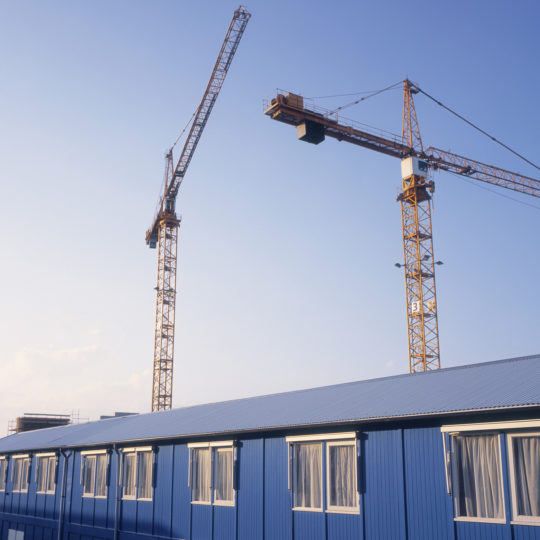Turnkey Solutions For Every Sector – How We Did It
The beauty of modular construction is its adaptability. And here at Thurston, we’ve perfected the art of creating bespoke solutions for a wide range of sectors.
View More
The beauty of modular construction is its adaptability. And here at Thurston, we’ve perfected the art of creating bespoke solutions for a wide range of sectors.
View MoreIn the education sector, not every project or client is the same. These institutions, schools especially, are generally overcrowded and underfunded. Expansion is the first step to solving overcrowding issues, which in turn helps students improve their performance.
View MoreLondon boroughs fear a ‘summer wave’ of homelessness in the capital as a result of covid-19. Councils have pointed to a series of upcoming risks threatening to significantly increase the levels of homelessness not just in London but right across the country.
View MoreNow it’s no secret that we’re in a housing crisis and the numbers of those sleeping rough or at risk of homelessness are rising.
View MoreIf you’re looking at options when it comes to modular buildings, you’ve probably realised just how many there are. With so many choices available, it’s often difficult to decide which building is best for you.
View MoreWe’re part of a wider collaboration of businesses. One of our sister businesses is an industry leader in portable and modular building solutions.
View MoreThe history of modular buildings starts in 1837. Where the first on-record example of this type of housing was a home designed and constructed by London-based carpenter Henry Manning.
View MoreThere has recently been a big focus on everybody becoming ‘greener’ and improving their carbon footprints, leading changes in our lifestyles. But there are also other ways of helping the environment that people may not be aware of.
View MorePortable modular buildings are increasing in popularity. Incredibly multi-functional, in contrast to traditional methods, they have vast uses and benefits.
View MoreDo you need more space around your school? Are you short on time? If so, then a factory built classroom is the solution.
View More